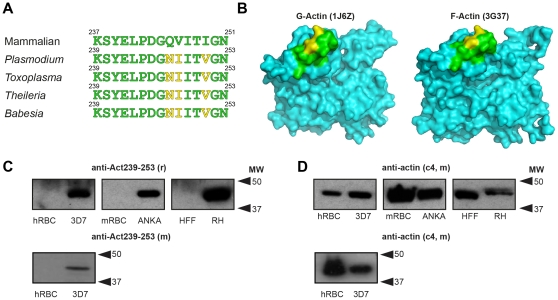Figure 1. An apicomplexan parasite-specific anti-actin antibody.
A) Sequence comparison between human non-muscle actin amino acids 237–251 (the basis of anti-Gly245 [39]) and apicomplexan actin I orthologues over the amino acids 239–253 (the basis for anti-Act239–253). B) Surface representation of the structures of rabbit G-actin (PDB:1J6Z; A) and a protomer in rabbit F-actin (PDB:3G37; B) showing anti-Gly245 epitope. Residues in yellow indicate polymorphisms between mammalian and P. falciparum actin. C) Representative immunoblot showing reactivity of rabbit® anti-Act239–253 serum with human erythrocytes (hRBC), asexual P. falciparum (3D7), mouse erythrocytes (mRBC), asexual P. berghei (ANKA), human foreskin fibroblasts (HFF) and T. gondii tachyzoites (RH). Lower panel shows same hRBC and 3D7 sample probed with mouse (m) anti-Act239–253 serum. D) As C but using generic anti-actin monoclonal C4.

